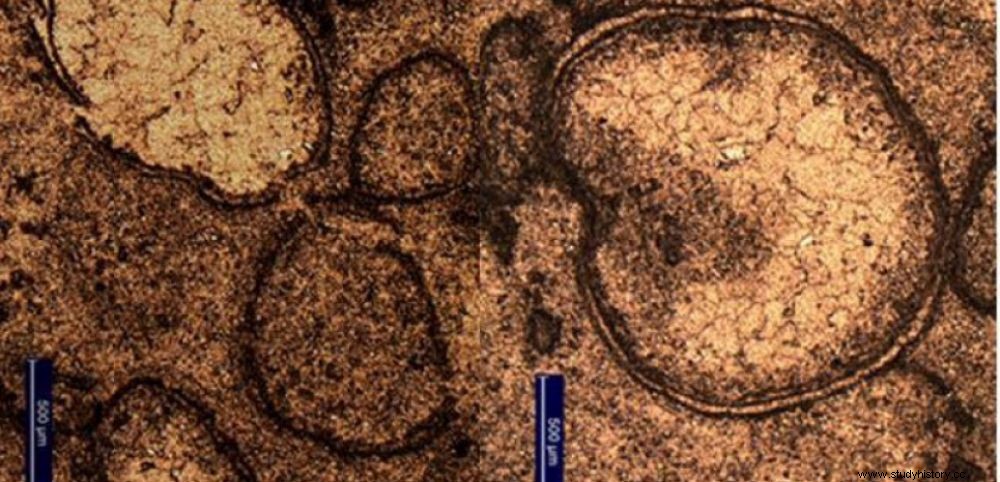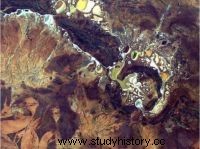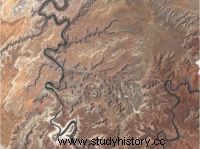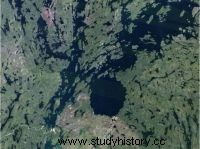 The glass spherules testify to the impact of an asteroid.
The glass spherules testify to the impact of an asteroid. IMPACT . Did a huge 20-30 kilometer wide asteroid hit Earth 3.5 billion years ago? The discovery in sediment mined near Marble Bar (Western Australia) of tiny glass beads, called spherules, seem to indicate this. "They were formed by vaporized material and are evidence of an asteroid impact " says Dr Andrew Glikson of the Australian National University. The geophysicist has already discovered a 200 km wide, 360 million year old impact crater in the East Warburton Basin. in southern Australia as well as a 400 kilometer impact zone dating back 600 million years in the center of the country. The spherules come from a layer of sediments dated to 3.46 billion years ago It was preserved between two layers of volcanic origin which allows its very precise dating.Additional tests determined that it also contained minerals such as platinum, nickel and chromium at levels compatible with the composition of an asteroid. This supports the hypothesis that these glass spherules were indeed formed during a colossal asteroid impact. The crater generated by this impact is not identifiable:"It was erased from Earth's surface by volcanic activity and tectonic movements what " explains the scientist. "But it must have been several hundred kilometers wide. The shock must have triggered gigantic earthquakes as well as formidable tsunamis. Even the mountains had to wobble " he continues. The consequences of this shock on the Earth are still to be clarified. Remember that it was an asteroid almost twice as small (10 to 15 km) which caused the disappearance of the dinosaurs, 66 million years ago. 3.5 billion years ago, life was still in its infancy. large tectonic movements and vast flows of magma " underlines Andrew Glikson who exposes his discovery in an article published in the journal Precambrian Research .
Impact Craters:When Celestial Objects Hit Earth



